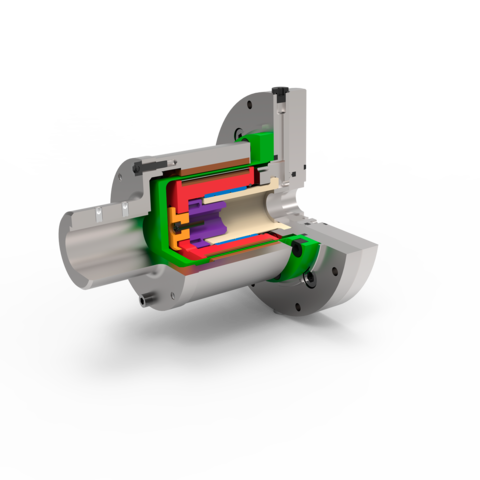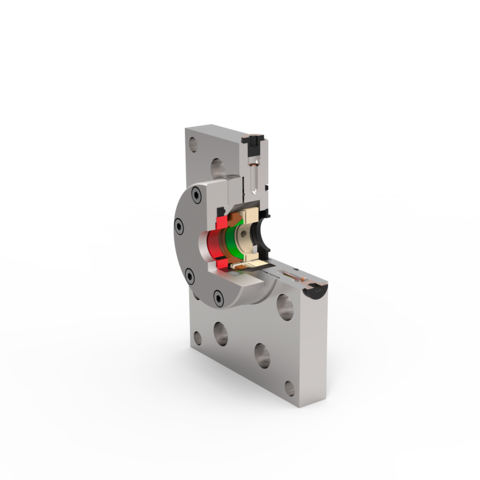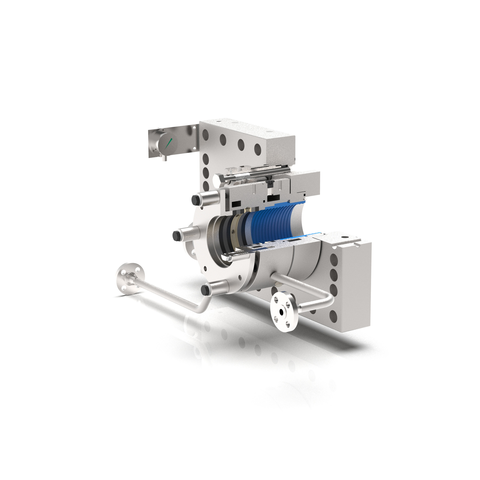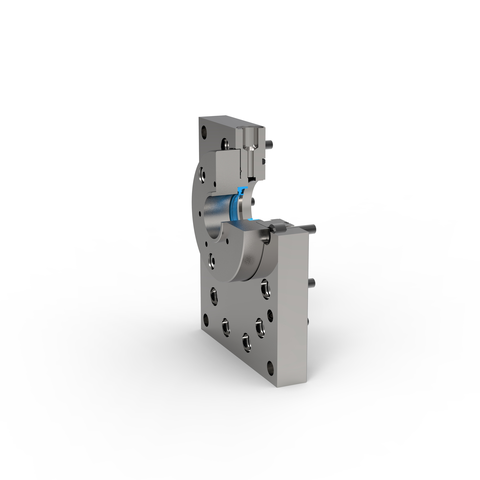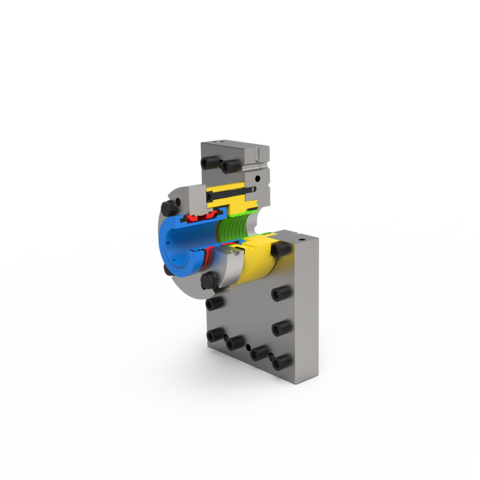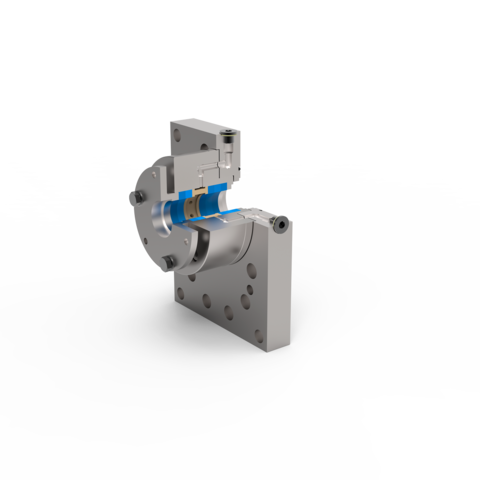Mechanical seals for chemical pumps
A variety of seal variations are available for WITTE CHEM chemical pumps. In addition to mechanical seals - depending on the process - magnetic couplings or radial shaft seals are also installed. In individual cases, chemical pumps from the CHEM series can also be sealed threaded shaft seals. The use of seals is determined by the suction pressure, viscosity and temperatures.
![[Translate to English:] Chemiepumpe mit Vakuum Gleitringdichtung](https://www.witte-pumps.com/fileadmin/_processed_/5/8/csm_Chemiepumpe_mit_Vakuum_Gleitringdichtung_52a08278d9.png)
